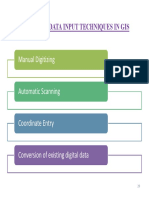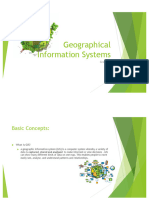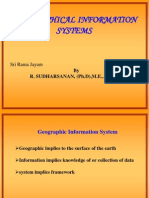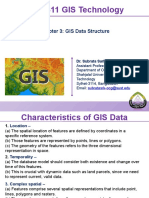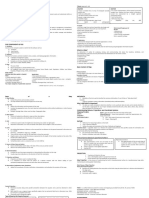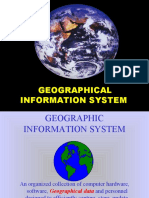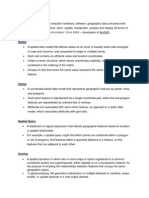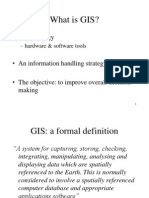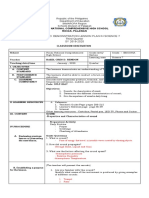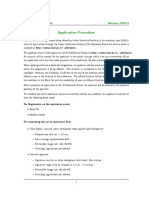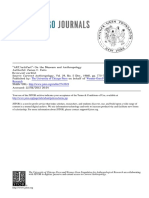Map Referencing / Co-ordinates
This is the method of finding any point on the map
5.1 LATITUDE AND LONGITUDE
This is the method of finding the co-ordinates of a place.
SOUTH AFRICA IS ALWAYS ONLY SOUTH AND EAST
Remember, Latitude and Longitude is measured in degrees, minutes and tenths of a minute
(or seconds).
Latitude is ALWAYS stated first and Longitude second.
If you do not say South and East, you get NO marks.
5.2 ALPHA –NUMERIC MAP CODE
To work out which map it is, the rule is
LATITUDE, LONGITUDE, BIG LETTER (Block), LITTLE LETTER (Block)
Eg. 22 26 AB
GIS
IN FULL = GEOGRAPHICAL INFORMATION SYSTEMS
DEFINITION = a system of hardware, data, people, organisations and
institutional arrangements for storing, analysing and disseminating spatially-linked
information.
�Remote Sensing:
The process of capturing data using modern technology to obtain spatial information
about the earth’s surface where there is no physical contact between sensor and
subject.
For example, the use of satellites and the viewing of the earths surface from an
aircraft (as an aerial photo).
Spatial Data:
- Data that shows location, which is mainly in the form of a map. The specific
location can be geo-referenced according to longitude and latitude.
- Spatial data contain the coordinates and identifying information for various
map features.
- Three types of features can be represented in the map: points, lines, and
areas. The various physical aspects of the map such as political boundaries,
roads, railroads, waterways, and so forth are organised into layers according
to their common features.
Attribute data:
It refers to data set information describing geographical characteristics of features
or information that can be linked to spatial data.
Two of the ways in which you can use attribute data in GIS include:
- Using variables from the attribute data as themes for layers. For example, an
attribute data set containing population data could provide a theme for a map
of census tracts.
- Creating actions that display or manipulate the attribute data when features
are selected in the map.
Vector Data:
- Shows features as points, lines, nodes and areas (polygons).
- Layered and separated into themes
- Each point has a set of X and Y coordinates that specify its location in terms of
latitude and longitude.
Points:
- Are zero dimensional (flat).
- have locations and attributes. (e.g. schools)
Lines:
- One dimensional.
- Start and end at a point.
- Made up of a sequence of points that have been connected.
(e.g. rivers and roads)
Polygons:
- Two dimensional.
- Made up of series of connected lines.
- The starting point is the same as the ending point.
- Are closed. (e.g. cultivated land)
�Rasta data:
- Data used is represented and stored by grid cells (rows & columns) or pixels.
- Used to represent continuous data, not individual features.
- Represents the dominant phenomenon in the area covered by a cell. A
geographical feature becomes a collection of cells with the same attribute value.
Pixel:
- The smallest unit of spatial and spectral information represented in a digital image.
- Pixels are the building blocks of digital images because they are the little blocks
you see when you zoom into a digital image.
- Pixel is a short form of picture element.
Resolution:
Amount of detail with which a map depicts the location and shape of geographical
features. The larger the map scale, the higher the possible spatial resolution. The
area shown is smaller; hence more detail will be shown.
Pixel resolution:
An area represented by each cell or grid in a raster. The detail of the raster data
depends on the size of the grid cells.
- A high pixel resolution means that a smaller area is depicted and more
detail is shown.
- A low pixel resolution: A larger area shown and less detail.
Buffering:
- Creating zones within pre-determined distance.
- Buffering builds new objects by identifying all areas that are within a certain
specified distance of the original objects (whether be it a point, line or area).



